850+
Organizations use Psylaris products
5500+
Therapists use our software worldwide
75.000+
Completed sessions with our applications
A phobia where social isolation is at risk is called an agoraphobia. The meaning of agoraphobia is derived from the Greek word ´agora´, which means ´market or marketplace´. The term 'phobia' stands for fear. And this is exactly what people with agoraphobia suffer from. They will not like going to a market or supermarket, because then they will panic and feel anxious.
When you suffer from agoraphobia, you are afraid to visit open spaces where many people gather. This also applies to, for example, supermarkets and other shops, restaurants, museums and public transport. In short, in a severe form of this anxiety disorder, you are afraid to visit almost all public places where many people congregate. This may not even be the fear of the place itself. Often the fear is so advanced that it has turned into a fear of having a panic attack in a public place. The fact that you are then 'trapped' in this public space with nowhere to go is the biggest fear.

The agoraphobia symptoms when you are in a certain open space can be diverse. You will in any case be under high stress and feel restless. You clearly have the feeling that you have to leave the situation, because you are no longer in control. All sorts of physical complaints may come into play. You may feel cramped and there may even be pressure in your chest. You may start to tremble and you may literally break out in a cold sweat. Heart palpitations, dizziness and headaches can also be symptoms.
The fear of entering public open spaces and public transport leads in many cases to avoidance behaviour. You don't actually go to the shops, you don't go out to the cinema or café and you avoid the train and bus. In fact, your social life comes to a complete standstill because you hardly ever leave the house. You can therefore become lonely and end up in social isolation. That is why it is so important to enter a agoraphobia treatment, because locking yourself up only leads to new complaints, such as a depression.

There is no one particular kind of cause for this phobia. Several factors may come into play. For example, it may be a hereditary predisposition. It doesn't even have to be a fear of open spaces; if certain phobias run in the family, you run a higher risk of being confronted with them too. Another cause of agoraphobia can be a traumatic experience. Have you experienced a trauma in an open space? If so, you may be afraid that it will happen again and avoid open spaces for that very reason.
An agoraphobic phobia should definitely be treated, otherwise you will develop symptoms of avoidance behaviour and you will become lonely. Depending on the cause, different treatments are possible.
EMDR stands for 'Eye Movement Desensitisation and Reprocessing' and is an effective treatment if the cause is a trauma. The focus is not on the phobia itself, but on processing the trauma. If you have processed this, your fears will also disappear. EMDR is a therapy that was developed in 1989. It involves the client thinking back to the trauma and at the same time being distracted with a hand gesture or an acoustic signal. By repeating this over and over again, the trauma will be remembered more easily, without causing excessive emotions or fears. It has been scientifically established that EMDR works, but how exactly this takes place in the brain is still the subject of scientific research.
Exposure therapy is exposure to the fearful situation. In this case, the client is literally put in an open space, the very thing he/she is afraid of. Of course, this is done under the supervision of the practitioner. By doing so, you gradually get used to the situation and realise that nothing bad needs to happen. Exposure therapy is usually very successful with agoraphobia.
Behavioural therapy is thus literally changing one's own behaviour. Certain thinking habits are negative and need to be changed into positive thoughts. In this way, you will eventually see that more is possible and that you do not have to lock yourself up in advance because you do not want to visit a public place. Often, this therapy is combined with another therapy, such as exposure therapy.
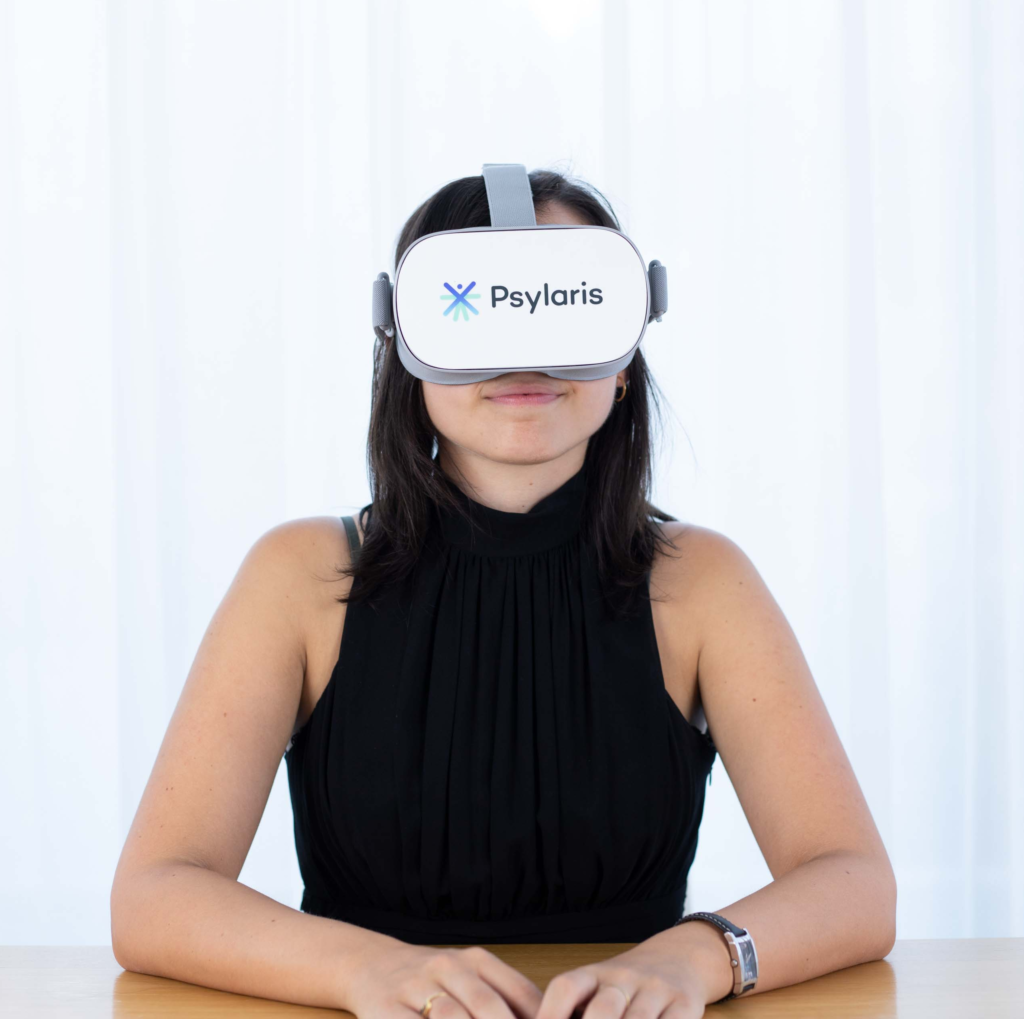
The goal of Psylaris is to support therapists even better with innovative techniques and tools. Virtual reality plays a leading role in this. With EMDR-VR and EMDR-plus an EMDR treatment is possible using virtual reality. The practitioner can use distraction tasks even better and the client can also be treated remotely. Virtual reality is ideally suited for exposure therapy. The client is confronted with his/her fears. It is no longer necessary to visit a physical location, such as an elevator in case of elevator fear or a shopping mall in case of agoraphobia. With the VR glasses on, the client is confronted with the fear in the safe environment of the treatment room or his/her home. Psylaris has developed modules for various types of fears that require exposure therapy. This saves costs and time, and the client can be treated more frequently, which results in a faster recovery.
We believe with the combination of intelligent software and qualified therapists we can develop a system in which everyone, anytime and anywhere has direct access to efficient and affordable psychological care.
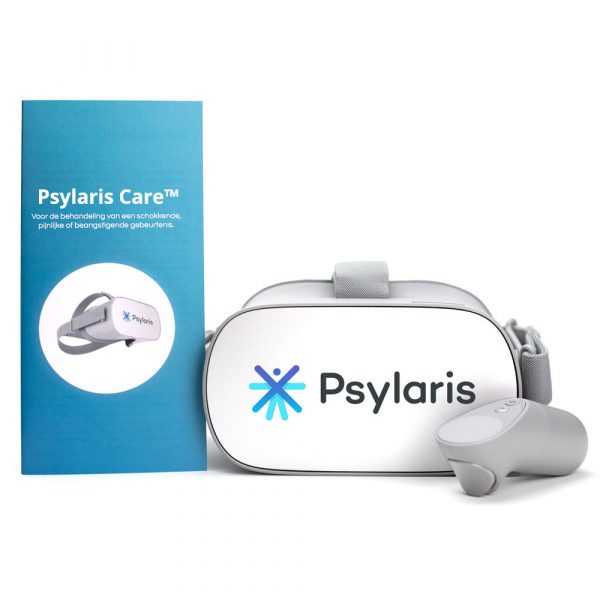
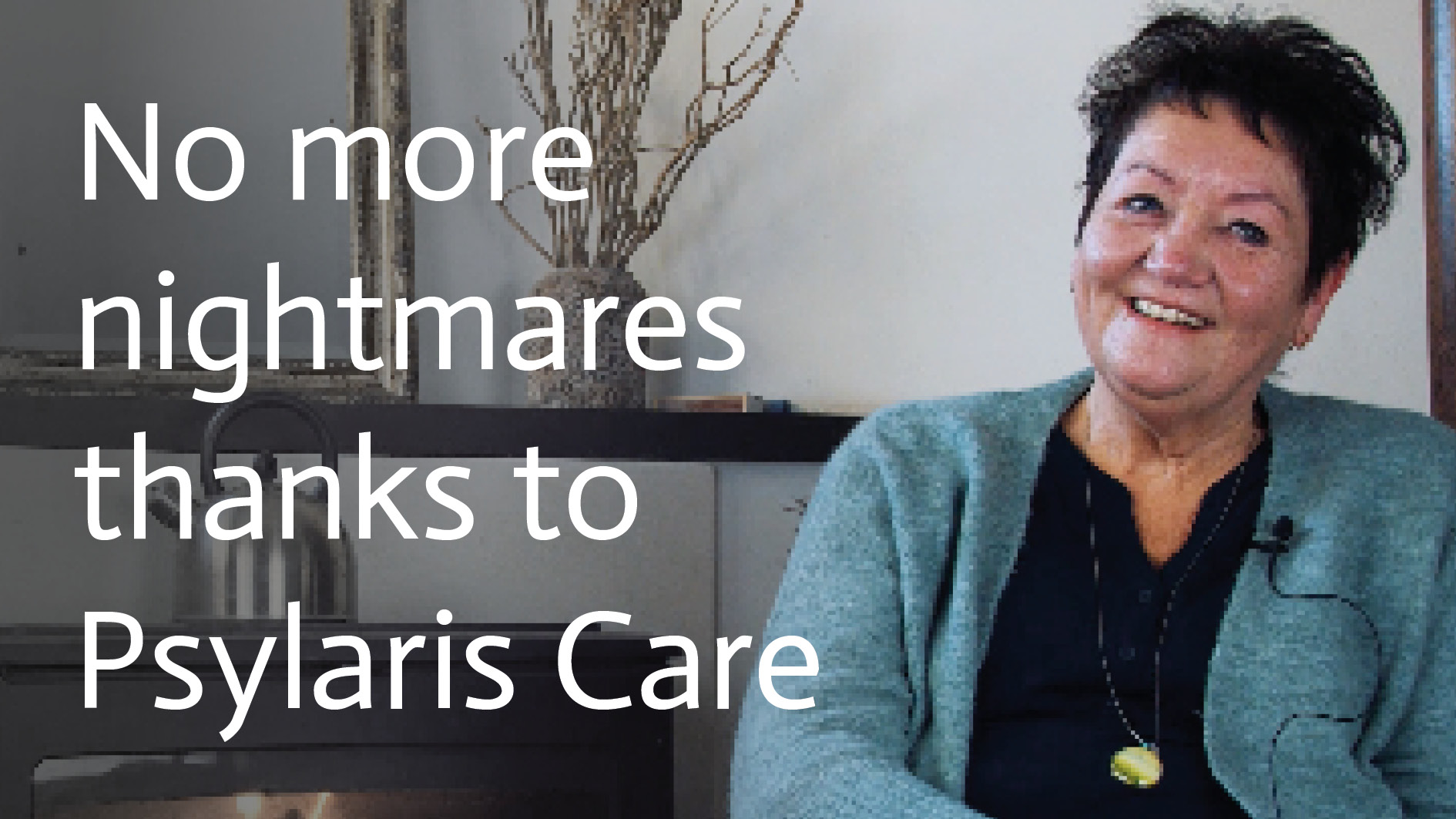
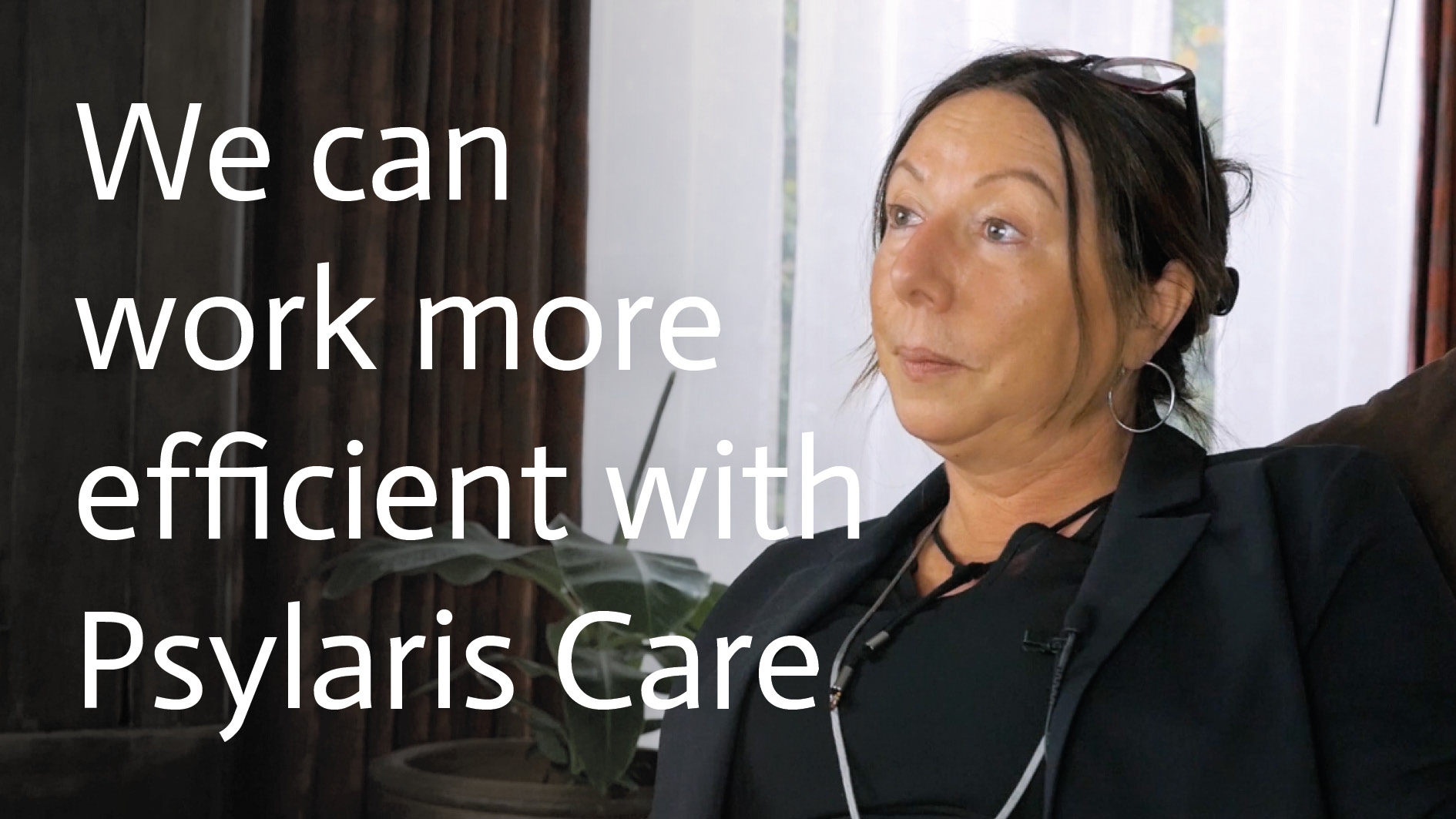
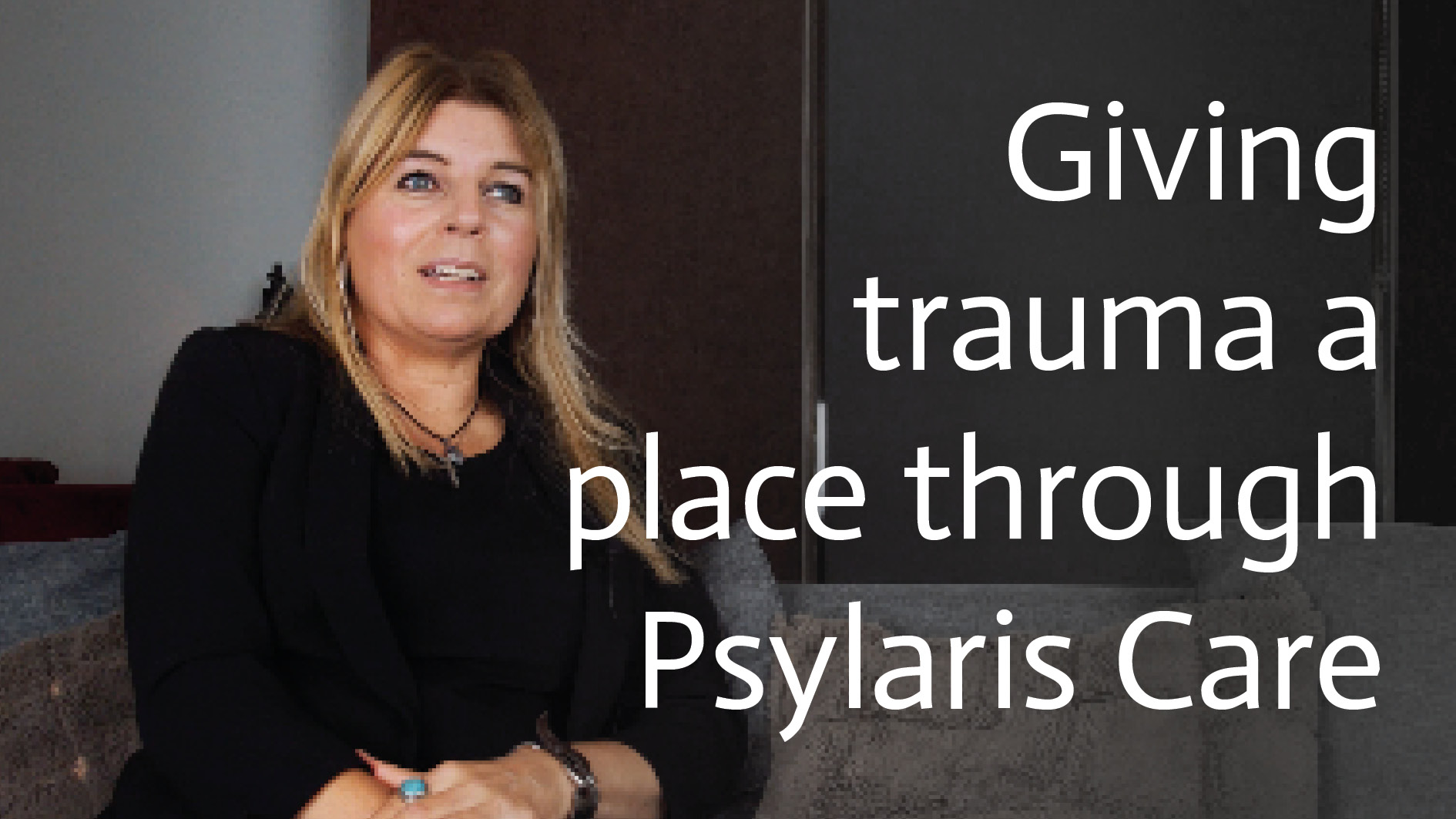
This website uses cookies to ensure that you get the best experience on our website.